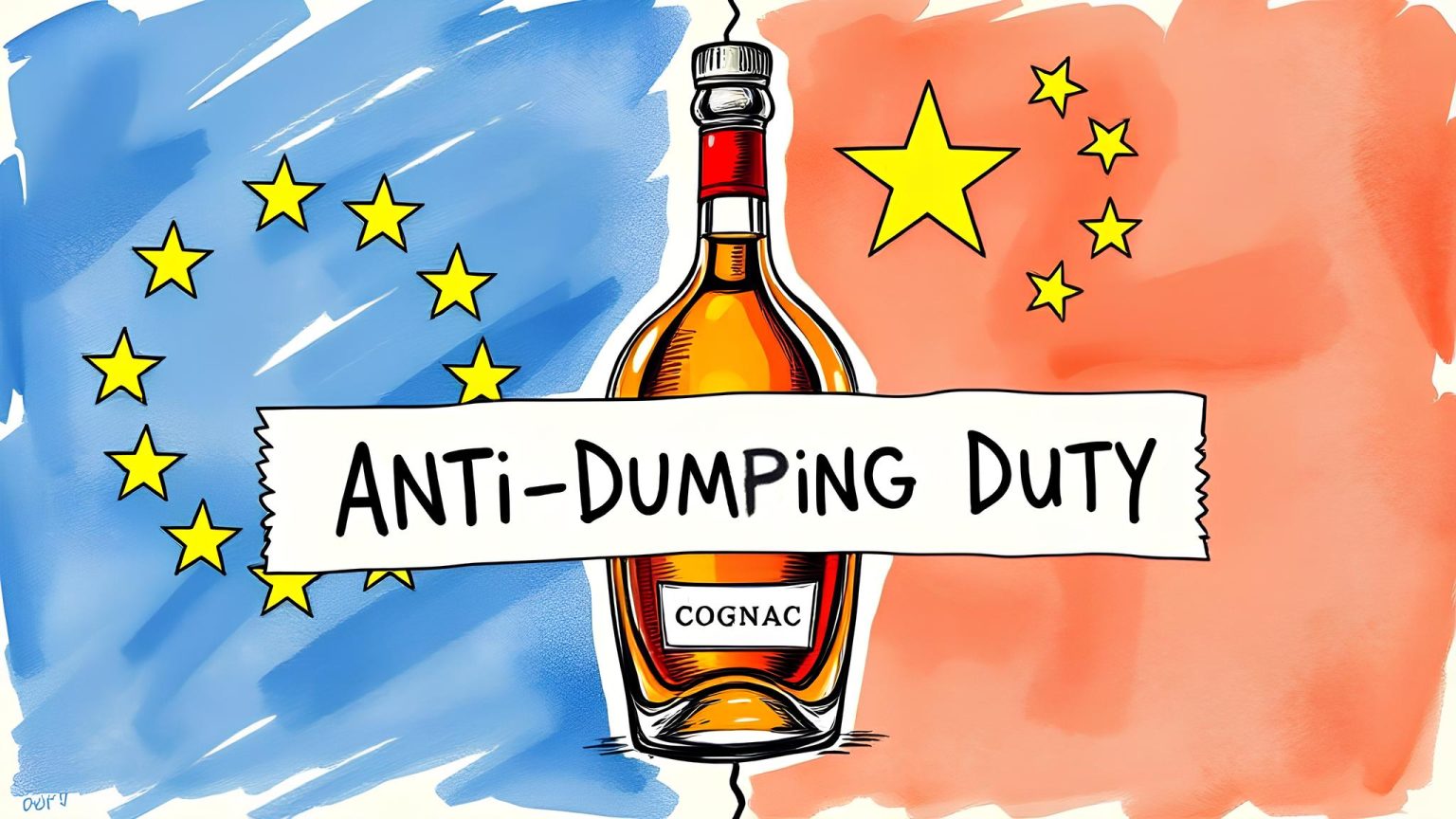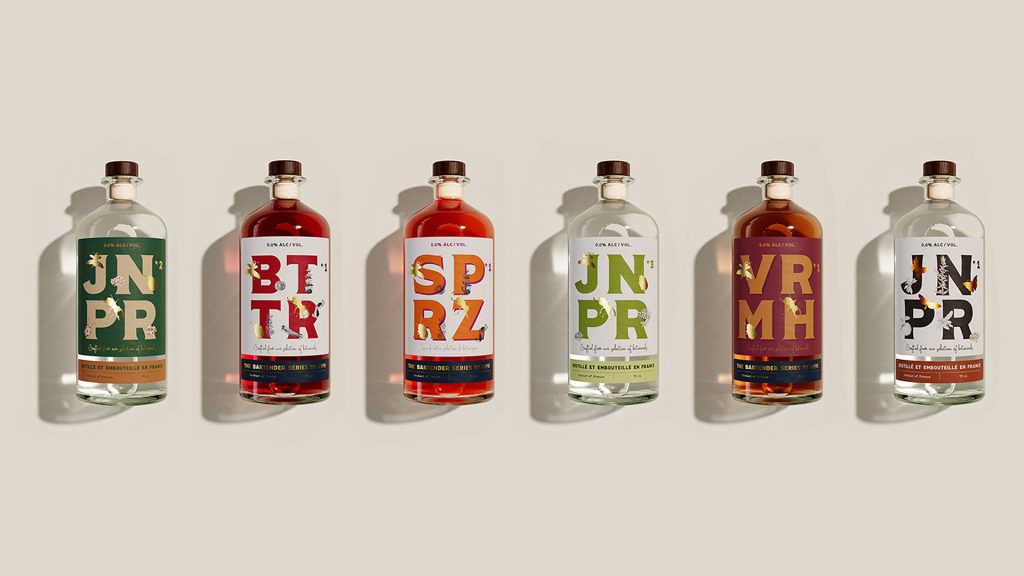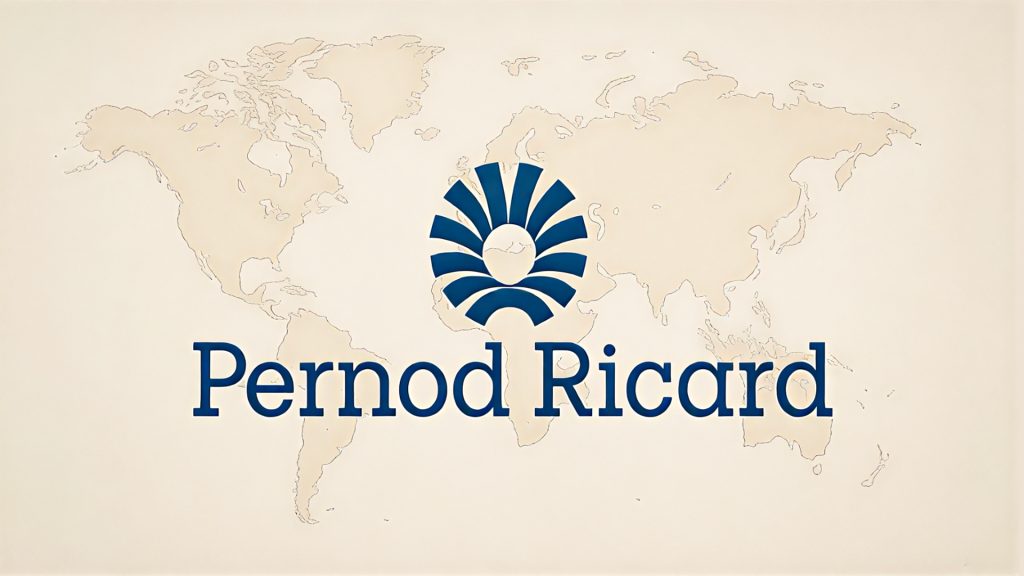On July 4, 2025, China Mainland’s Ministry of Commerce (MOFCOM) issued its final ruling (Announcement No. 34 of 2025) on the anti-dumping investigation into EU brandy imports in containers of 200 liters or less. Initiated on January 5, 2024, the investigation confirmed that EU brandy, sold below normal value, posed a substantial threat to China Mainland’s domestic industry. By imposing anti-dumping duties and price undertakings, effective from July 5, 2025, this decision is set to reshape the global spirits trade and intensify China Mainland-EU trade dynamics.
Covering October 1, 2022, to September 30, 2023, the investigation targeted brandy from distilled grape wine (HS code 22082000). MOFCOM found that EU imports, commanding 97.5% of China Mainland’s brandy import market, surged 22.79% in 2023, outpacing domestic demand growth of 10.59%. These low-priced imports suppressed domestic prices, particularly in mid-to-low segments. Starting July 5, 2025, anti-dumping duties, such as 32.2% for certain firms, will apply to customs-assessed values, including consumption and value-added taxes. Imports from October 11, 2024, to July 4, 2025, are exempt from retroactive duties, with security deposits refunded.
Major EU producers like Martell & Co, Hennessy, and Rémy Martin obtained price undertakings, agreeing to export at or above a minimum import price. They must submit quarterly sales reports to MOFCOM, with non-compliance triggering duties. The investigation included a July 18, 2024, hearing and stakeholder consultations. The EU Commission and SpiritsEurope argued that EU brandy, notably Cognac with geographical indications, differs from domestic products, but MOFCOM maintained that both compete directly due to similar raw materials and production processes.
China Mainland’s producers, led by Yantai Changyu Grape Wine Co. and Shandong Jiulong Grape Wine Co., representing over 85% of domestic output, supported the measures. They highlighted how EU brandy’s low prices hindered profitability, especially in mid-range segments (aged 2-4 years) sold via supermarkets, restaurants, and e-commerce platforms, where mid-range brandy is particularly popular among young urban consumers. MOFCOM’s data showed EU imports dominating these channels, shaping consumer preferences and limiting domestic brands’ premiumization efforts.
Subscribe to our newsletter
The 32.2% duty raises costs for non-compliant EU exporters, eroding their 17.2% export share to China Mainland. Firms under price undertakings face compliance costs but retain access, while others may pivot to markets like the US or Southeast Asia, heightening global competition. Domestic producers gain breathing room but must improve quality to rival EU brands. Consumers may see higher prices for EU brandy in retail and dining channels, especially among young urban consumers, shifting demand to local brands or whisky. MOFCOM insists the measures ensure fair trade, but EU stakeholders, including Rémy Martin and spiritsEUROPE, argue they limit consumer choice and fuel trade tensions. SpiritsEUROPE’s Hervé Dumesny welcomes price undertakings as “partial relief” but urges extending them to all cooperating firms, reopening duty-free channels, and seeking a political solution to remove duties.
Set against broader China Mainland-EU trade tensions, possibly linked to EU curbs on Chinese electric vehicles, the ruling underscores competing interests. With EU brandy capacity exceeding 1.8 billion liters at 70% utilization, China Mainland remains a critical market. The duties, effective for five years, may prompt EU firms to adjust pricing or supply chains, while domestic producers could invest in premium offerings. The decision may also catalyze trade talks to ease tensions. Will EU exporters innovate to maintain market share, or will domestic brands seize this chance to dominate China Mainland’s spirits market? The industry awaits the outcome.
References: MOFCOM Announcement No. 34 of 2025.



